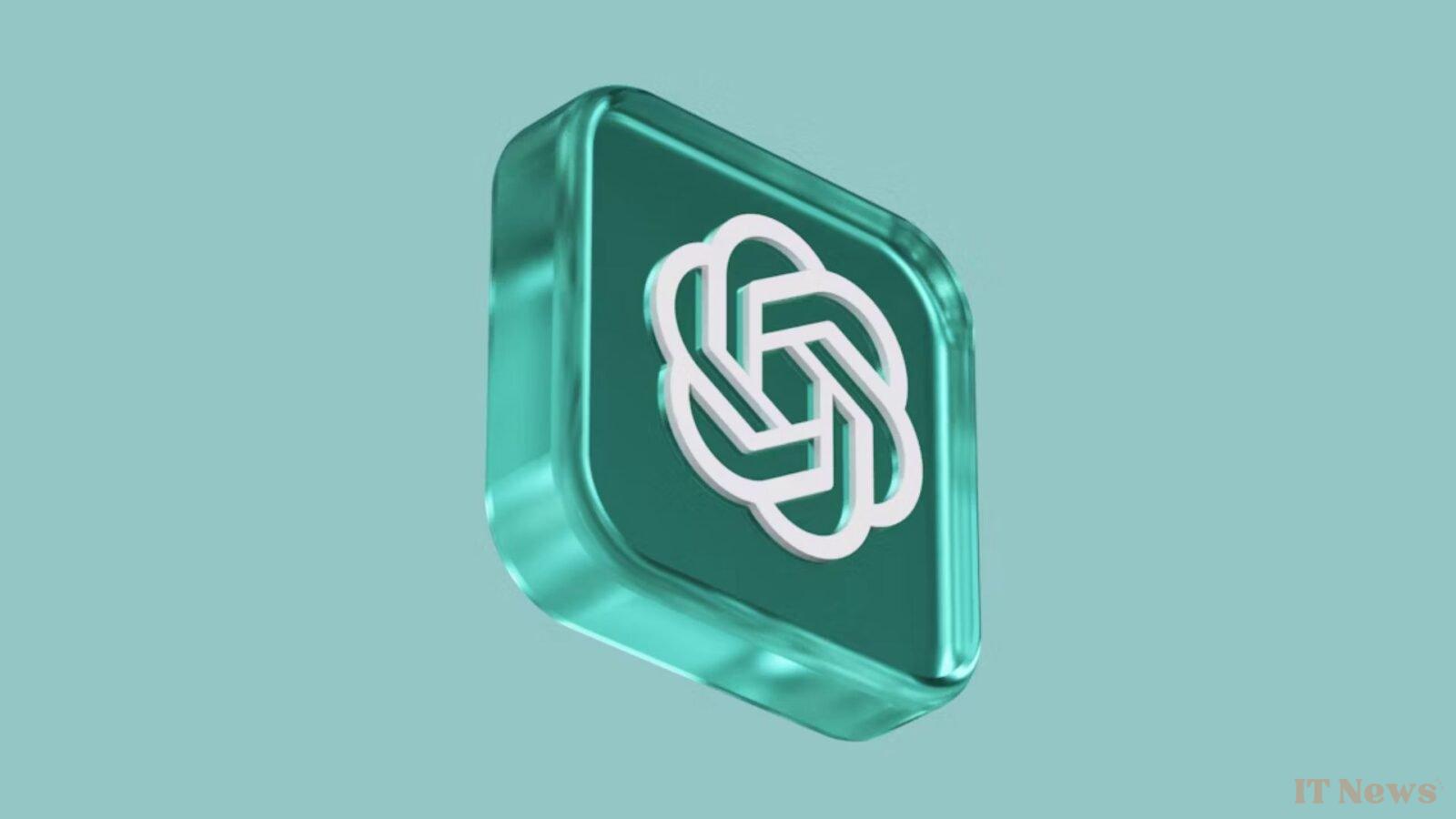Over time, OpenAI has given ChatGPT a memory. This allows the generative AI to retain certain information about the user in order to provide more relevant and personalized responses. For example, ChatGPT can remember a fruit allergy or a preferred response format, saving the user from having to repeat them in the instructions for each conversation.
Last April, the startup significantly improved the memory function by allowing the chatbot to reference all your past conversations. ChatGPT is therefore able to calibrate its responses based on all of your exchanges with it. Initially, OpenAI limited this function to subscribers of the paid ChatGPT Plus and ChatGPT Pro plans.
Limited memory for free accounts
Two months later, OpenAI has just rolled out the memory option to all free accounts. On its website, Sam Altman's company states that it began "rolling out memory improvements to users logged into free accounts" on June 3, 2025. An invitation to enable memory should arrive shortly.
Unsurprisingly, free accounts receive a less advanced version of "memory improvements". Memory provides "short-term continuity between conversations". In short, ChatGPT will only remember fairly recent information. Paid subscribers, on the other hand, benefit from "long-term understanding of the user".
How to manage ChatGPT's memory?
Of course, it's possible to disable this feature. Not all users want ChatGPT to record all their requests, for privacy reasons. To turn off the AI's memory, simply go to the settings, go to the Personalization tab, and uncheck the memory button.
In the same section, you can view the directory of all the information saved about you, by going to Manage Memory. This page lists everything that is in ChatGPT's memory. You can delete the data one by one using the trash can icon, or delete all memory using the Clear ChatGPT Memory button.
Source: OpenAI



0 Comments